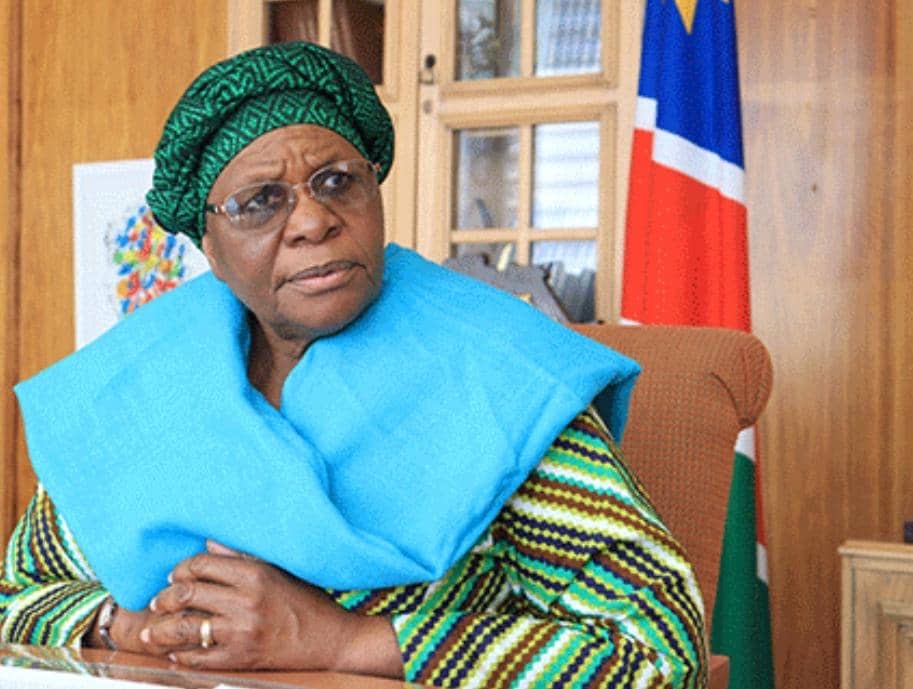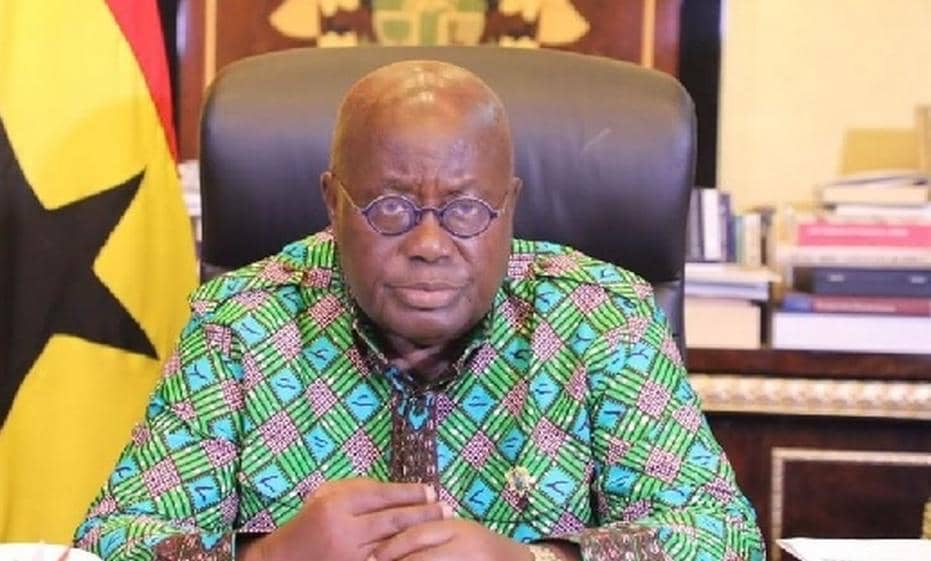Namibia is moving into her election period and there have been some levels of uncertainty around the country’s future economic and political paths.
More specifically, multinationals are looking for policy certainty for long-term hydrocarbon investments to be kick-started.
Furthermore, the past year saw Namibian assets being favoured due to economic tailwinds and governmental fiscal prudence.
However, the government has fallen short on developmental and capital expenditure, which could exacerbate inequality and prevent many Namibians from entering the formal economy.
Another important factor to consider is that the region is viewing Namibia as a key logistical hub through the Walvis Bay corridor. Unfortunately, a lack of infrastructural development does limit the country’s capacity to live up to her potential.
Tax amendments and government wage adjustments have provided relief to Namibian consumers, but overall, the purchasing power of consumers is still considered weak. However, on an asset basis, Namibian bonds have repriced as the market welcomes fiscal constraint and strong revenue collections.
Furthermore, the government continues to illustrate that the upcoming bond redemptions are catered for through the sinking fund. Namibia’s future looks promising on the back of future hydrocarbon discoveries and economic productivity.
However, income inequality and poverty may lead to radical policies in the future – opening the possibility of policy uncertainties.
Namibia can spend on developmental projects after years of fiscal restraint, and we expected her to take advantage of the current fiscal health of the country.
Revenue
Revenue outperformed marginally (0.40%) compared to initial expectations in the annual budget speech (N$81.5 billion vs N$81.1 billion). Non-tax revenue constituted 6.71% of total revenue, with the majority coming from tax sources: customs and excise at 33.3%, indirect taxes at 25.7%, income tax on individuals at 23.4%, company tax at 13.9% and the remainder from property and other taxes. The over-collections nullified the downward revisions of non-tax revenues.
Revenue collection has been on an upward trend over the last two financial years and is mainly driven by diamond mining company tax.
It is important to note that Namibia continues to face challenges in the diamond sector due to low international prices and weak demand. Consequently, projected revenues from the sector for 2024/25 financial year have been reduced by over N$2.3 billion.
This ongoing weakness represents the most significant risk to the national fiscus in the short to medium term. The mid-term collections now equate to 50.5% of estimated revenue for the 2024-2025 fiscal year.
Expenditure
Expenditure came in lower than anticipated, with earlier expectations at -2.2%, due to lower-than-expected spending on the developmental budget. Consequently, the government is expected to increase spending in the future.
The economy is currently lacking infrastructure development, particularly in logistics, such as rail.
This has strained the road network, potentially causing future bottlenecks as neighbouring countries look to Namibia for goods transport, given South Africa’s execution shortcomings, which have led to widespread disappointment.
Moreover, the government did not anticipate any wage adjustments, which may continue to suppress consumer confidence.
Interest Expense
Interest expense has been well maintained thus far, supported by improved gross domestic product (GDP), growth figures and strong revenue collection. Currently, interest expense as a percentage of total revenue is at 14%, below previous estimates of 14.2%. Keeping interest expense lower than 15% of total revenue is considered healthy for the economy.
Lowering interest rates on government debt has also become easier, as the market favours Namibian nominal bonds, and record foreign reserves have enabled the central bank to maintain a relatively low national repo rate.
Deficit
Expenditure was lower than expected, tightening the budget deficit and marking continued improvement.
The revised budget deficit for the period decreased by 3% from what was initially anticipated in annual budget speech.
However, we believe low levels of developmental expenditure are unsustainable for maintaining a tight deficit.
The government’s commitment to fiscal discipline has resulted in the stabilisation of both debt and the primary surplus.
Debt stock
Fiscal discipline has enabled the government to keep the interest expense low, despite additional debt that was sourced, supported by growth in GDP. However, current debt-to-GDP has ticked upward to 65.1%, though this is expected to improve over the medium to long term.
The government’s debt maturity profile is steep and may result in increased interest expenses, as redemptions come due with 25% of redemptions due over the medium-term expenditure framework.
On a positive note, the government has been building up a sinking fund for the Eurobond’s redemption, having already collected 54.2% of the full redemption amount.
Taxes
The formal implementation of tax reform is widely welcomed by the market. Small and medium enterprises (SMEs) benefit from an increased mandatory value added tax (VAT) registration threshold up to N$1 million.
The non-mining company tax rate has been reduced to 31% in 2024, and will be lowered to 30% by 2025.
Furthermore, interest deductions were capped at 30% of profits before interest deductions. Finally, the personal income tax threshold increases to N$100 000 per year, providing much-needed relief to lower-income Namibians.
Moreover, there was an official introduction of non-resident shareholder tax on dividends paid to foreign shareholders in insurance companies.
Additionally, transfer duties on residential properties owned by juristic persons were added as an amendment, to ensure both equity and equality with properties acquired by natural persons.
Another important announcement was the extension of the ongoing tax amnesty programme to October 2026.
The finance minister also mentioned that there is development around a petroleum upstream fiscal regime.
This is an important step in providing policy certainty to oil majors looking to exploit Namibia’s oil resources.
It has been mentioned that special economic zones (SEZ) will be introduced to attract investment and economic activity.
These zones would benefit from a 10% lower tax rate. However, the ministry reiterated the possibility of a 10% dividend tax.
Concluding remarks
The government remains on a fiscally responsible path, which is welcomed by market participants. Economic tailwinds, such as civil wage adjustments and tax reform, make Namibian asset classes (bonds and equity) more attractive when compared to South African counterparts.
Future initiatives such as the SEZs and progressive tax reforms (corporate tax rate of 20% for SMEs, building improvement deduction, VAT e-invoicing system) coupled with the potential spending power unlocked through hydrocarbon projects, will continue buoying Namibian assets.
However, it is of paramount importance for the government to focus on developmental projects to address high levels of inequality by providing all Namibians with the tools to benefit from future economic growth and imminent asset price appreciation.
- John-Morgan Bezuidenhout is the portfolio manager at Momentum Investments Namibia.
Stay informed with The Namibian – your source for credible journalism. Get in-depth reporting and opinions for
only N$85 a month. Invest in journalism, invest in democracy –
Subscribe Now!







